Hamburg, Germany, has a rich history of urban development that spans over a millennium. Here is a brief overview of key periods in the city’s urban development:
- Medieval Hamburg (8th-16th centuries):
- Hamburg’s origins date back to the 8th century when Charlemagne established a fortress on the site. The city officially received its charter in 1189.
- The city’s location on the River Elbe facilitated trade, and it became a member of the Hanseatic League in the 14th century, contributing to its economic growth.
- Reformation and Renaissance (16th-17th centuries):
- The Reformation had a significant impact on Hamburg in the 16th century. The city embraced Protestantism, and its economic influence continued to grow.
- Renaissance-style architecture began to shape the cityscape, with buildings like the Michel (St. Michael’s Church) dating back to this period.
- 18th Century Enlightenment and Expansion:
- The 18th century saw the city’s expansion and the development of cultural institutions. Hamburg became a hub for intellectuals during the Enlightenment.
- The city experienced economic growth through maritime trade and shipping.
- 19th Century Industrialization:
- The Industrial Revolution in the 19th century brought significant changes to Hamburg. The port expanded, and industrialization transformed the economy.
- The construction of the Speicherstadt, the world’s largest warehouse complex, occurred during this period.
- 20th Century Challenges and Reconstruction:
- Hamburg faced challenges during World War II, with significant destruction due to bombing raids. The post-war period marked extensive reconstruction efforts.
- The city’s economic recovery was impressive, and the port remained a vital center for global trade.
- Late 20th Century to Present:
- In the latter half of the 20th century, Hamburg continued to modernize. The city embraced contemporary architecture while preserving its historic character.
- The HafenCity development, one of Europe’s largest urban development projects, began in the 21st century, transforming former port areas into a modern, mixed-use district.
- Cultural and Economic Hub:
- Today, Hamburg is a vibrant cultural and economic hub. It is known for its diverse architecture, including historic buildings, modern structures, and green spaces.
- The city’s waterfront remains a crucial aspect of its identity, and ongoing urban development projects contribute to its dynamic and evolving character.
Throughout its history, Hamburg’s urban development has been shaped by its maritime location, economic activities, and cultural influences, resulting in a city that seamlessly blends tradition with modernity.

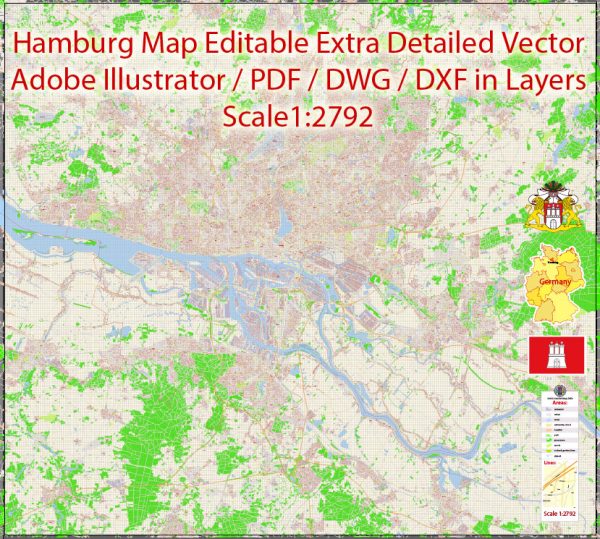
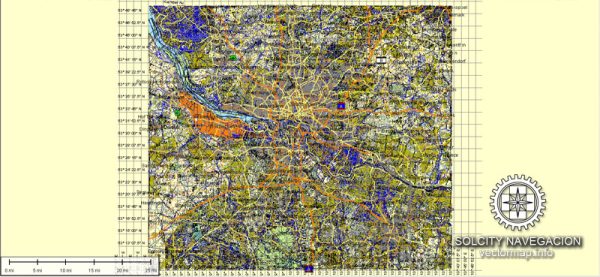
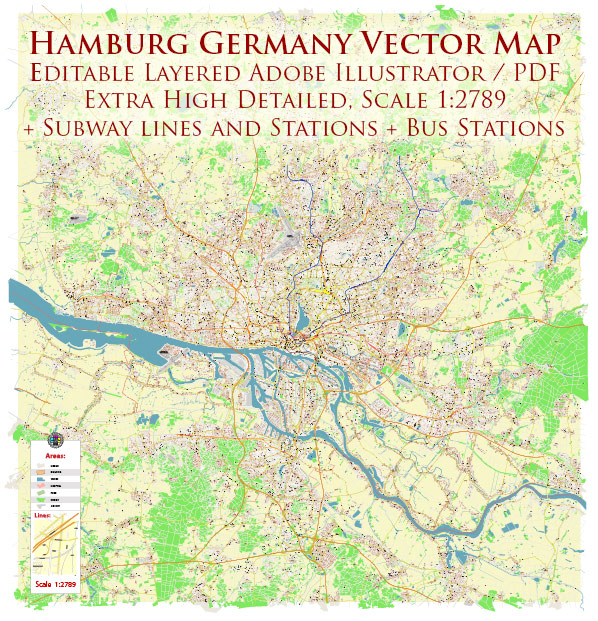
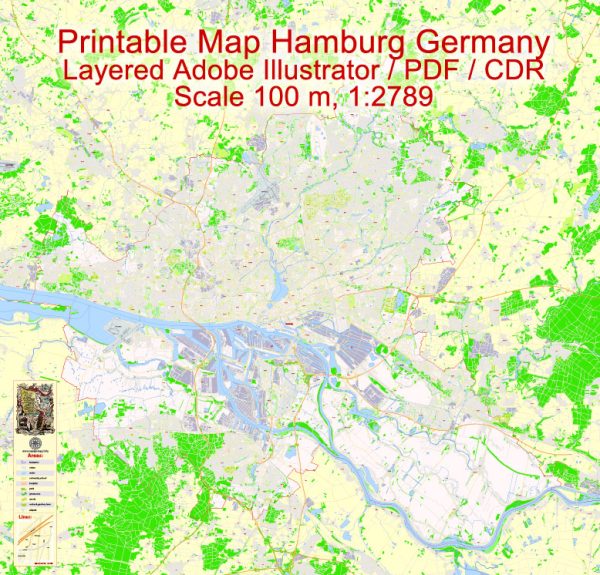
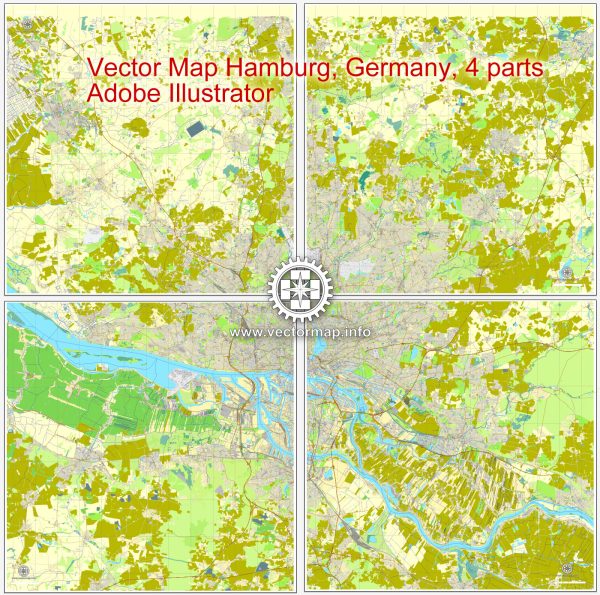
 Author: Kirill Shrayber, Ph.D.
Author: Kirill Shrayber, Ph.D.